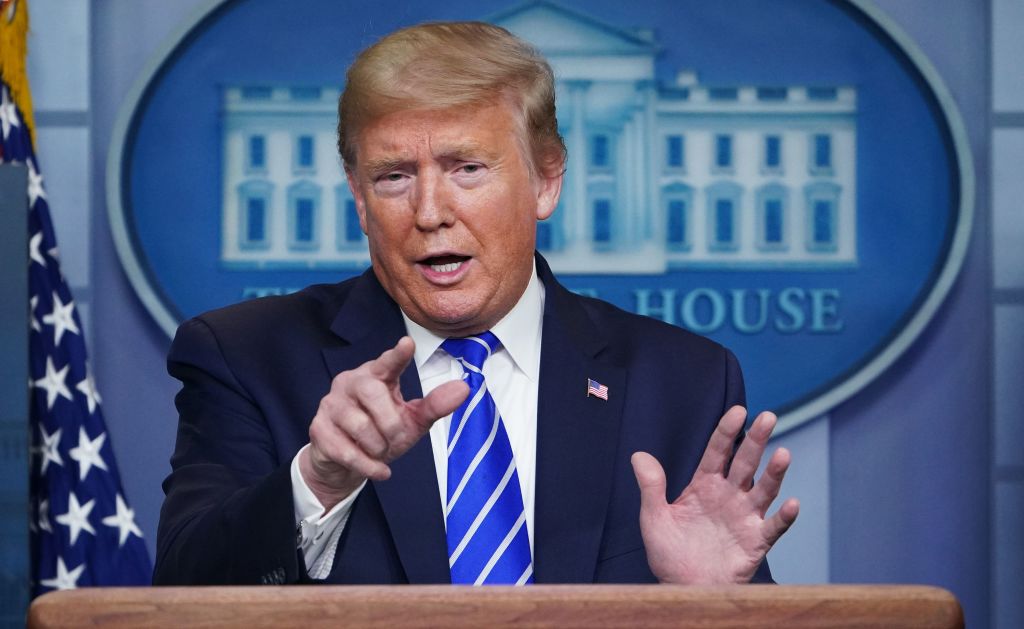
President Trump’s April 23 musing that injections of disinfectant could help defeat the coronavirus did not do much for his reputation as a reliable arbiter of public health. What’s harder to determine is how many people—if any—took his advice and in some way ingested the toxic chemicals. The most recent bulletin from the American Association of Poison Control Centers (AAPCC), which aggregates data from its state counterparts, does offer some clues, however.
Even before Trump’s comments, accidental poisonings from bleach and other disinfectants were on the rise from Jan. 1 to March 31 of this year, according to the U.S. Centers for Disease and Control and Prevention’s Morbidity and Mortality Weekly Report, with people sanitizing surfaces, groceries, smartphones and more as a defense against SARS-CoV-2, the virus that causes COVID-19. Most of the poisonings were the result of inhalation of fumes, but there were ingestion cases as well, typically among children who got their hands on chemicals left out in the open.
What’s key is what happened in the weeks that followed Trump’s controversial and widely debunked comments—and there does appear to have been a rise in accidental poisonings thereafter.
In January, February and March of 2020, accidental poisonings with household disinfectants were up 5%, 17% and 93% respectively over the same months in 2019. In April, which includes an eight day period from the 23rd of the month to the 30th, following Trump’s comments, the increase was 121% compared to April of 2019. In the first ten days of May, things settled down some, with poisonings up 69% over the same 10-day period in 2019.
For bleach, the numbers are less dramatic, but still telling. In January, February and March 2020 poisonings were up 7%, 1% and 59% respectively over each of the same months last year. In April they leapt 77%. As with disinfectants, May has similarly improved a bit, with the first ten-day period showing an increase of 51% over the same 10 days last year.
Critically, association is not causation, and with a frightened public doing whatever it can to protect itself from the virus, the same increases in poisonings might have happened regardless of Trump’s remarks. But the presidential megaphone is a powerful one, and even dangerous ideas projected through it can influence an awful lot of people.
Still, it bears repeating that no household bleaches, disinfectants or other cleaning chemicals are meant for any kind of internal use. In case of emergency, call the AAPCC’s hotline at 1-800-222-1222.
More Must-Reads from TIME
- Why Biden Dropped Out
- Ukraine’s Plan to Survive Trump
- The Rise of a New Kind of Parenting Guru
- The Chaos and Commotion of the RNC in Photos
- Why We All Have a Stake in Twisters’ Success
- 8 Eating Habits That Actually Improve Your Sleep
- Welcome to the Noah Lyles Olympics
- Get Our Paris Olympics Newsletter in Your Inbox
Write to Jeffrey Kluger at jeffrey.kluger@time.com